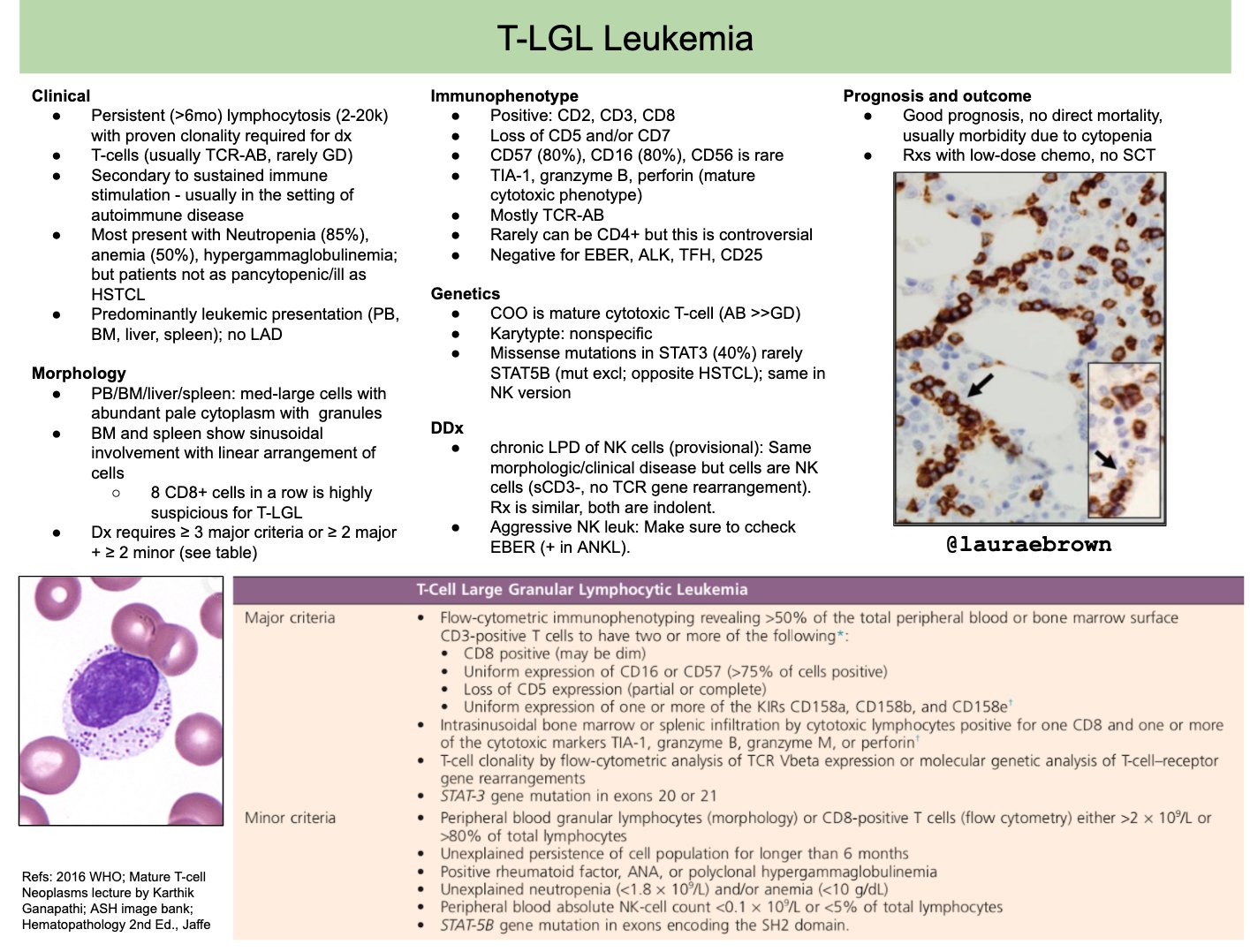Aggressive nk cell leukemia lymphoma aggressive nk cell leukemia lymphoma is a catastrophic disease.
Aggressive nk cell leukemia treatment.
Ankl develops most often in people from asia central america and south america.
The cancer occurs in the peripheral blood.
Aggressive nk cell leukemia ankl is a highly aggressive disease which has only been recognized as a clinical entity in the last 20 years it is a rare malignancy accounting for less than 1 of all non hodgkin lymphoma in europe and north america being more prevalent in asia and latin america ankl often affects young patients and is characterized by relative resistance.
The body makes large numbers of nk cells that are larger than normal.
Aggressive nk cell leukemia is a rare malignancy with neoplastic proliferation of natural killer cells.
The disease is usually resistant to cytotoxic agents and no treatment has emerged as the standard of care for these patients.
It often presents with constitutional symptoms a rapid declining clinical course and a poor prognosis with a median survival of a few months.
Large granular lymphocyte lgl leukemia is an indolent lymphoproliferative disorder that belongs to mature t and natural killer nk cell neoplasms and is recognized as cytotoxic t and nk cell lymphomas and leukemia in the 2016 world health organization classification.
Aggressive nk cell leukemia also called aggressive nk cell lymphoma or ankl is a very rare type of nhl.
Currently aggressive nk cell leukemia being a subtype of ptcl is treated similarly to b cell lymphomas.
However in recent years scientists have developed techniques to better recognize the different types of lymphomas such as ptcl.
1 two subtypes of chronic lgl proliferation are described t lgl and nk lgl which account for more than 85 and 10 of cases.
Aggressive natural killer cell leukemia ankl or aggressive nk cell leukemia is a very rare and highly aggressive cancer that is mostly observed in adults.
Aggressive nk cell leukemia ankl is a rare form of nk cell neoplasm sporadically affecting people from asia and central and south america.
There is no gender preference with the median age of presentation being in the third decade.
The median overall survival os is less than 2 months.
It is grouped with t cell lymphomas.

